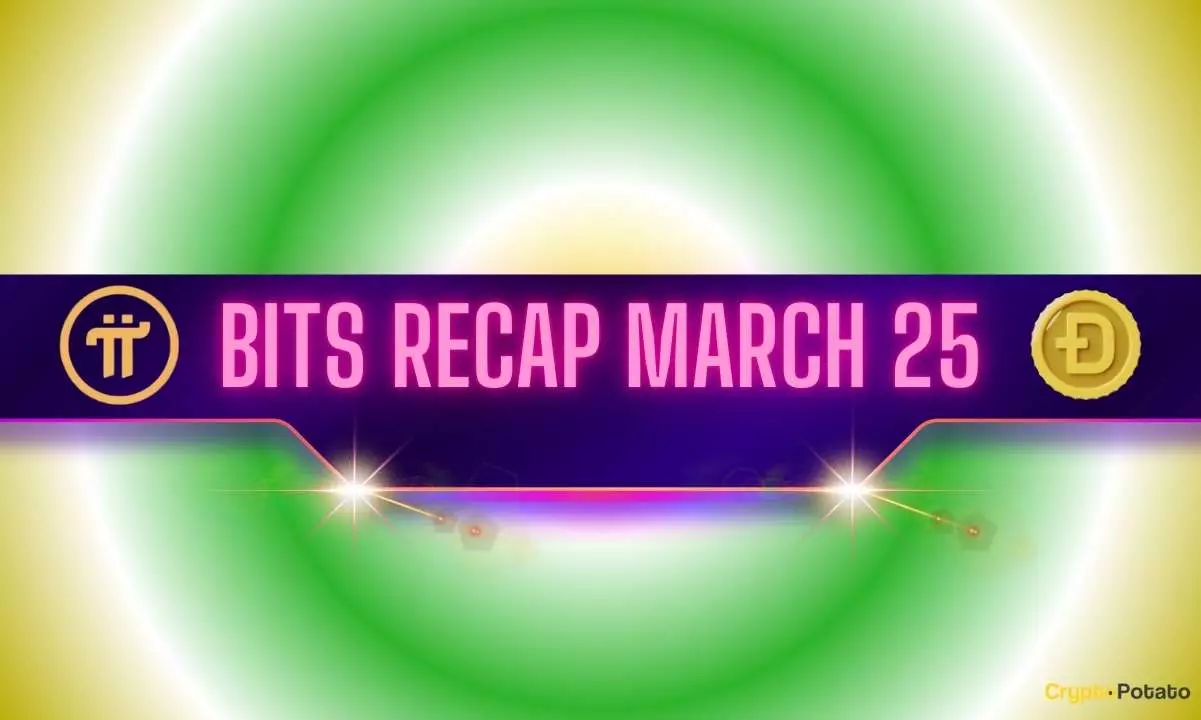The cryptocurrency landscape is characterized by its relentless volatility, and the saga of Pi Network is a stark illustration of this nature. It was on February 20 that Pi Network finally unveiled its anticipated Open Network and launched the elusive PI token. Initially, the excitement was palpable. Investors flocked to trade, and the token saw dizzying highs of nearly $3 just a week after its debut. Such rapid ascents usually signal a speculative bubble, a fact that was glaringly evident as PI plummeted back to a more sobering price of around $0.92 shortly thereafter. The trajectory of PI is not just a tale of explosive growth but also a harbinger of caution for optimistic investors who rush into burgeoning digital currencies without doing their due diligence.
One cannot overlook the implications of this volatility. With price movements swinging like a pendulum, many investors were left questioning the fundamentals behind PI. This serves as a reminder that, despite the alluring narratives often spun around new cryptocurrencies, the reality often lies in a complex web of speculative behavior and poorly defined intrinsic value. The impressive spike in valuation did not stem from a profound adoption or unique technological advancements but rather from the hype that permeated social media and online forums. This is a trap that many narratives —both old and new— in the crypto market often navigate but seldom escape unscathed.
The Impact of Exchange Listings
Adding a layer of intrigue to the PI token saga is its recent embrace by cryptocurrency exchanges such as OKX and Gate.io, which can typically boost market interest and valuation. However, the possibility of a listing by Binance looms over the community with an air of both hope and anxiety. An impressive 86% of Binance’s electorate expressed support for adding PI to its platform. Still, the exchange’s delayed response raises questions about its overall legitimacy and willingness to engage with fledgling projects. If Binance ultimately decides to list PI, it could reinvigorate the token’s price trajectory and provide a lifeline for those who have invested their finances and faith in PI.
Yet, this interaction with major exchanges illuminates a darker reality within cryptocurrency trading: accessibility does not necessarily equate to stability or sustainability. The precarious nature of digital assets means that even with a high-profile listing, market sentiments can pivot unpredictably, leading to further instability rather than the promised security.
The Consequences of Rigidity in Processes
Compounding the challenges faced by PI holders is the firm stance taken by the project’s developers regarding the KYC (Know Your Customer) requirements. By refusing to extend the Grace Period past March 14, they have aggressively enforced a timeline that leaves many users vulnerable to forfeiting their mined tokens if necessary steps are not met. This hardline approach has generated understandable frustration, particularly among those who are new to the crypto scene. The imposition of stringent requirements in an environment still rife with uncertainty only serves to dissuade potential users and investors.
Moreover, the announcement requiring certain users to complete two-factor authentication (2FA) before having their holdings migrated to the mainnet raises suspicions. A system is only as robust as its implementation, and forcing layers of identification may not inspire confidence but rather suspicion among users. Transparency and adaptability must coexist for a cryptocurrency to thrive; rigidity and complexity can tarnish reputations irreversibly.
The Reality of Community Support
While the community may rally around the token and advocate for its success, sentiments and wishes do not directly translate to financial stability. The recent claims about PI tokens being accessible within Telegram wallets paint a rosy picture, but one must ask: does accessibility alone ensure use? Or is this simply a symptom of a larger issue where projects promise functionality but lack foundational backing?
Furthermore, while the community-driven initiatives within Pi Network offer a sense of engagement, there needs to be a balance between enthusiasm and strategic foresight. Relying solely on grassroots momentum can create a bubble that may eventually reach its bursting point.
Looking to the Future
The broader implications of the Pi Network saga resonate beyond the confines of its community. As a testament to the ebbs and flows of digital currencies, it serves as a cautionary tale about speculative enthusiasm that can lead investors astray. Rather than rushing to claim their stake in the “next big thing,” participants in the crypto market would do well to heed these lessons: research rigorously, question valuations critically, and remain vigilant against the pitfalls of blind optimism. The throat-tightening reality is that while the crypto world is filled with potential, it is also riddled with uncertainty—a fact that future investors must never forget.

